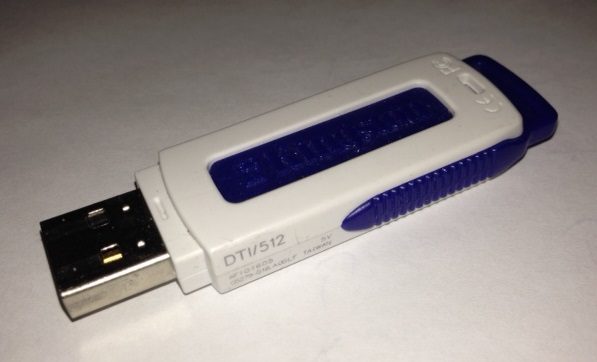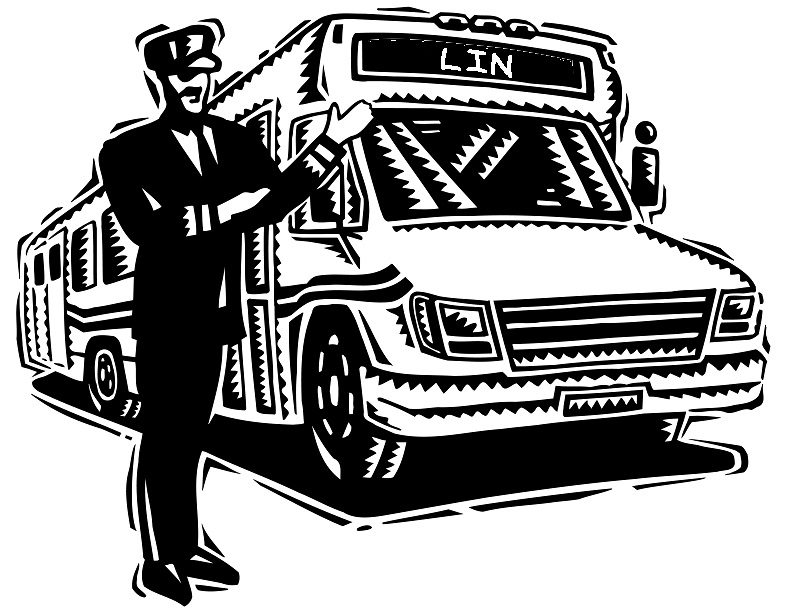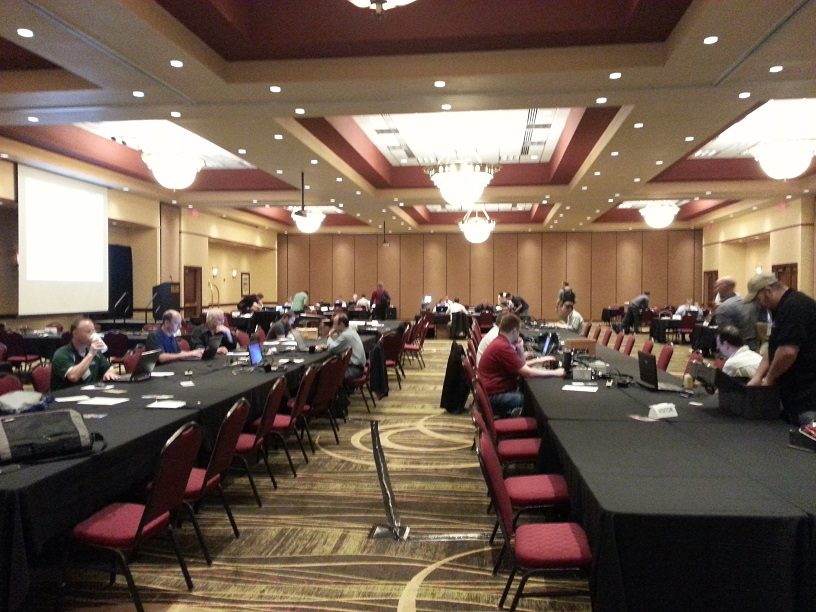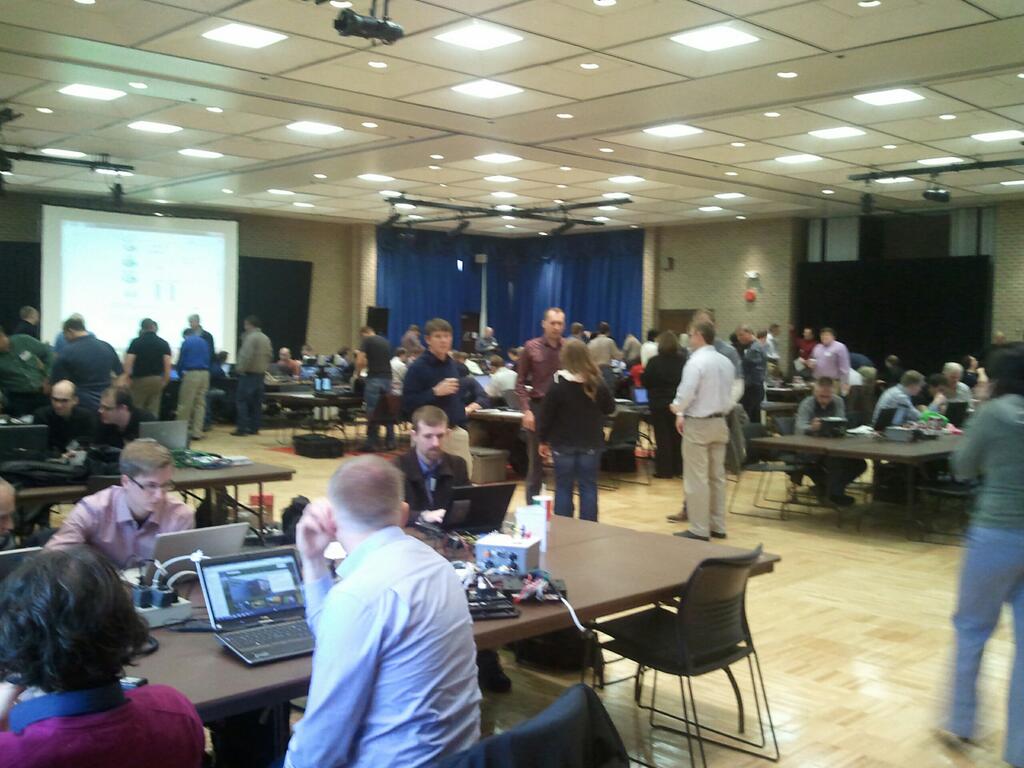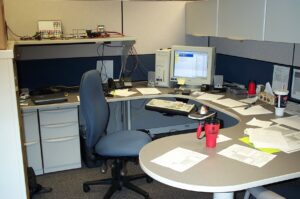Debugging: The Little Things
Recently I was working on some embedded software that someone else wrote. I needed to add some new functionality to the code, and I was working through how the existing code was working. In particular, the software was parsing a file, and the previous developer had done a good job of sending out diagnostic messages to the terminal, and the code was parsing a line of the file as a bad record.
Well as a good little developer, the first thing I did was

